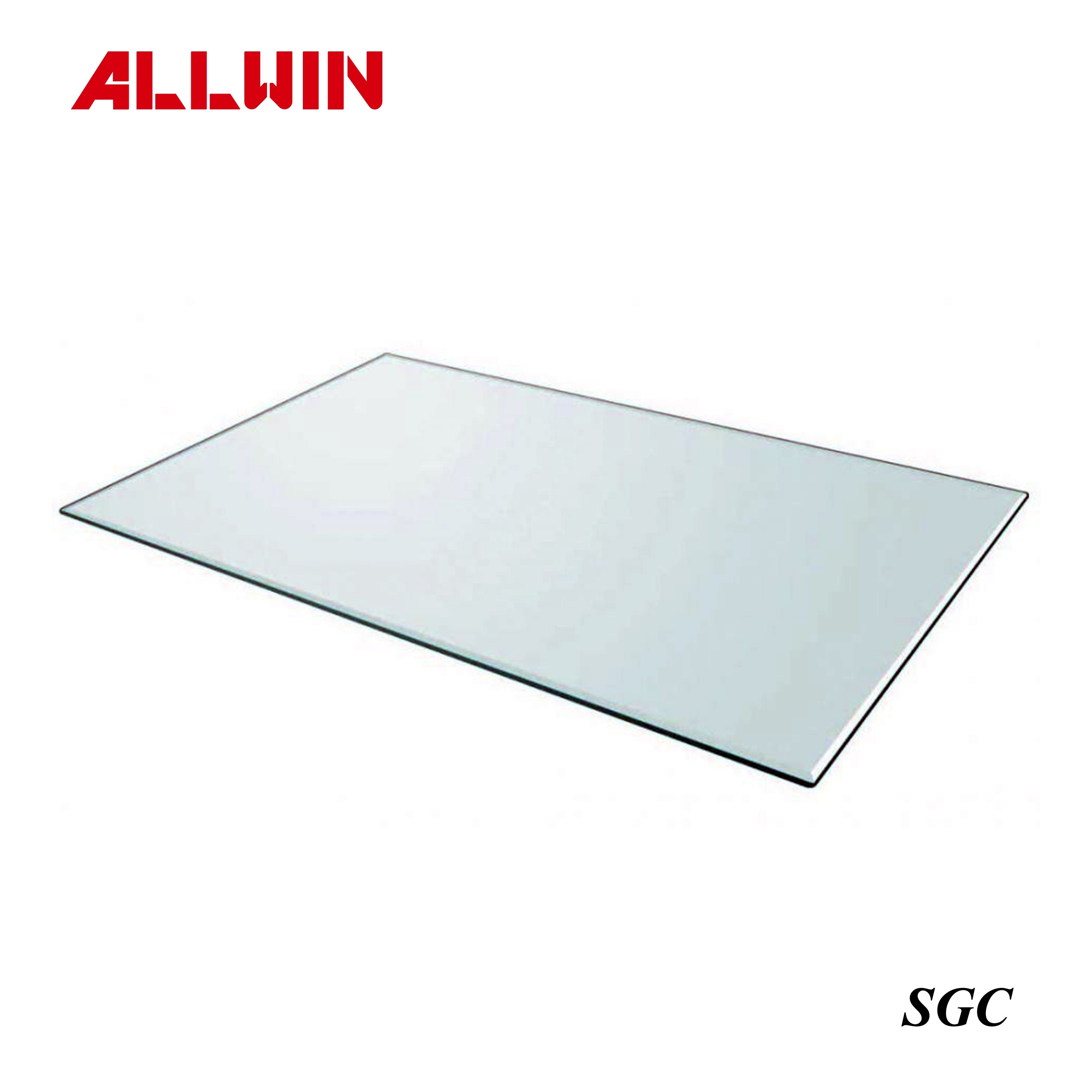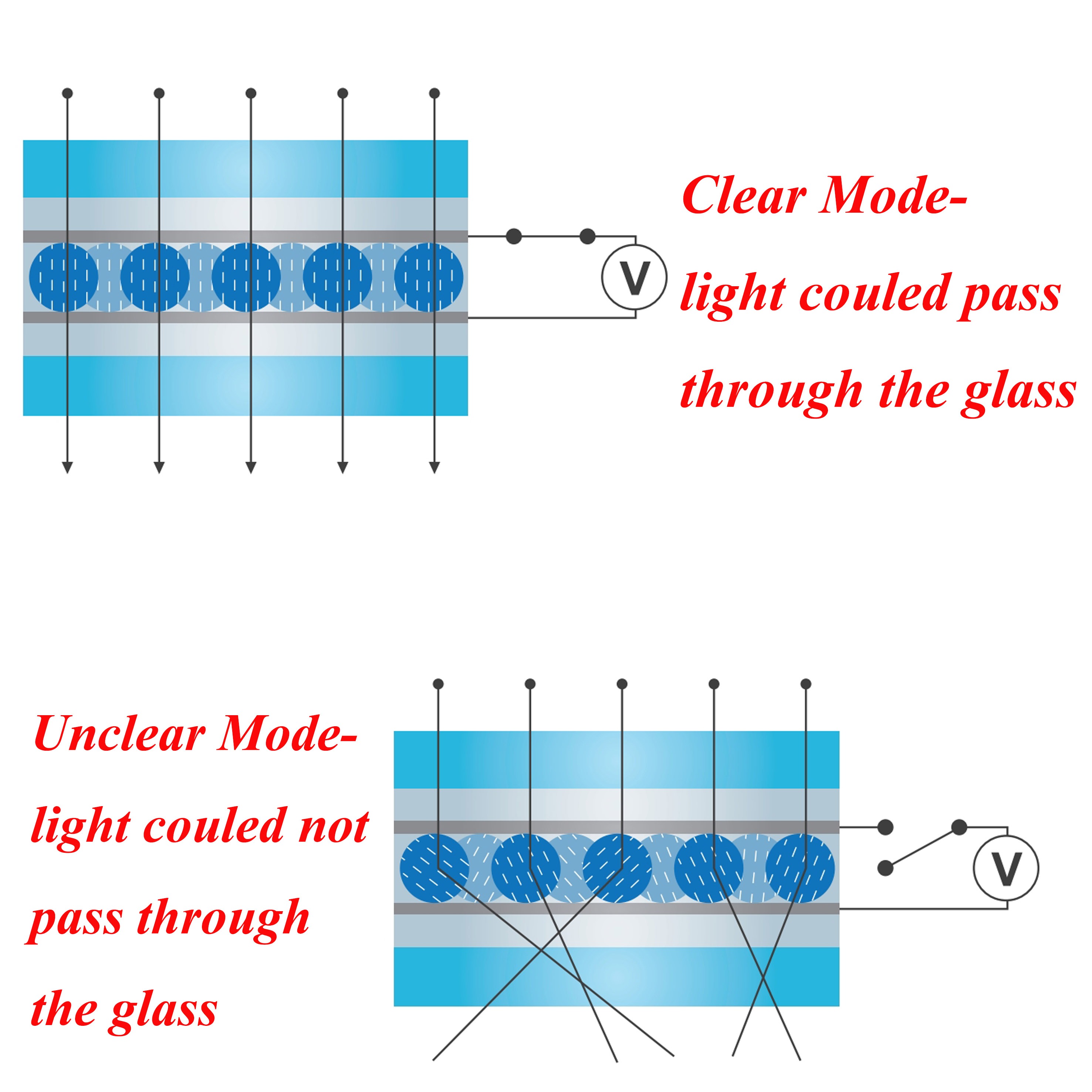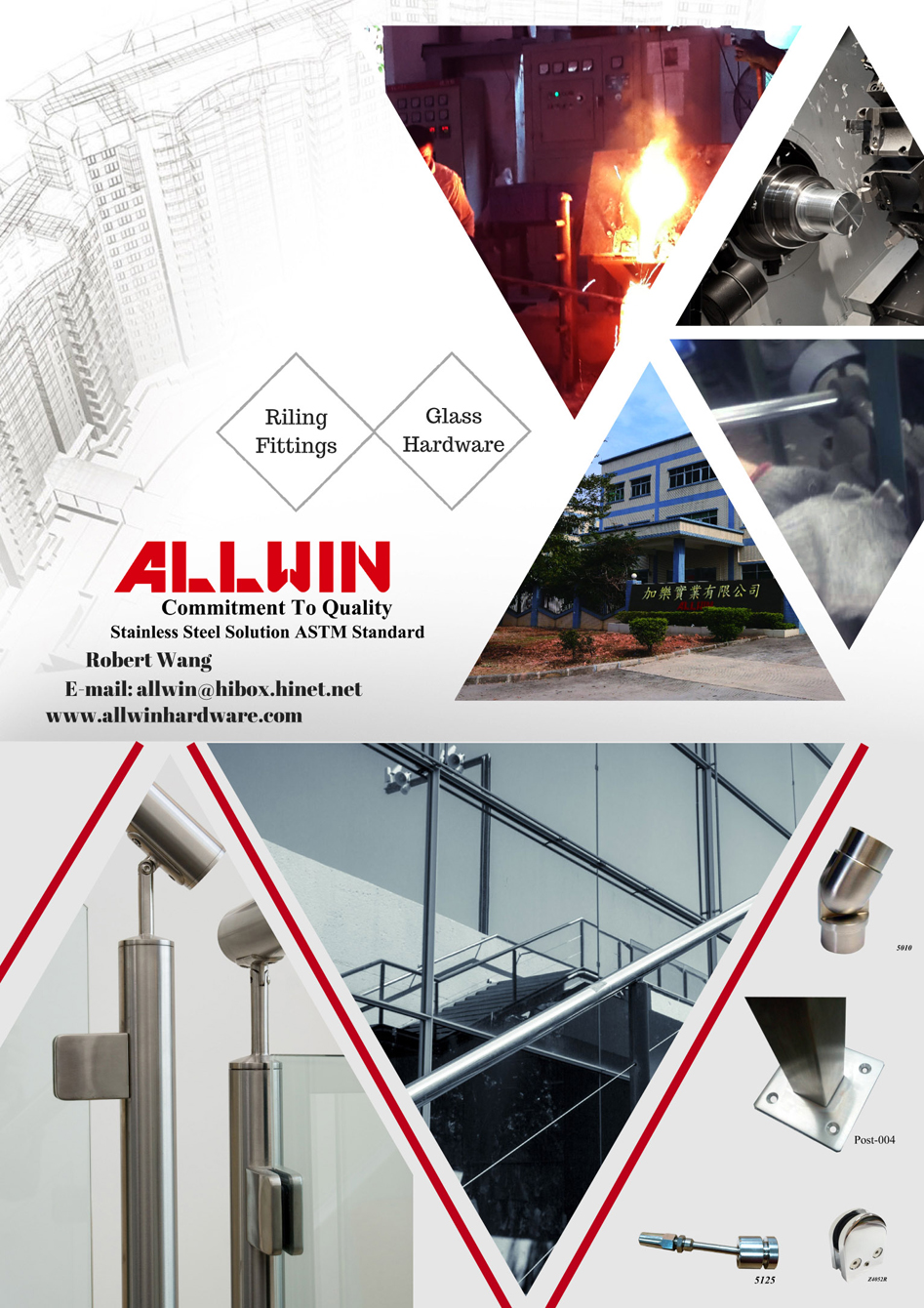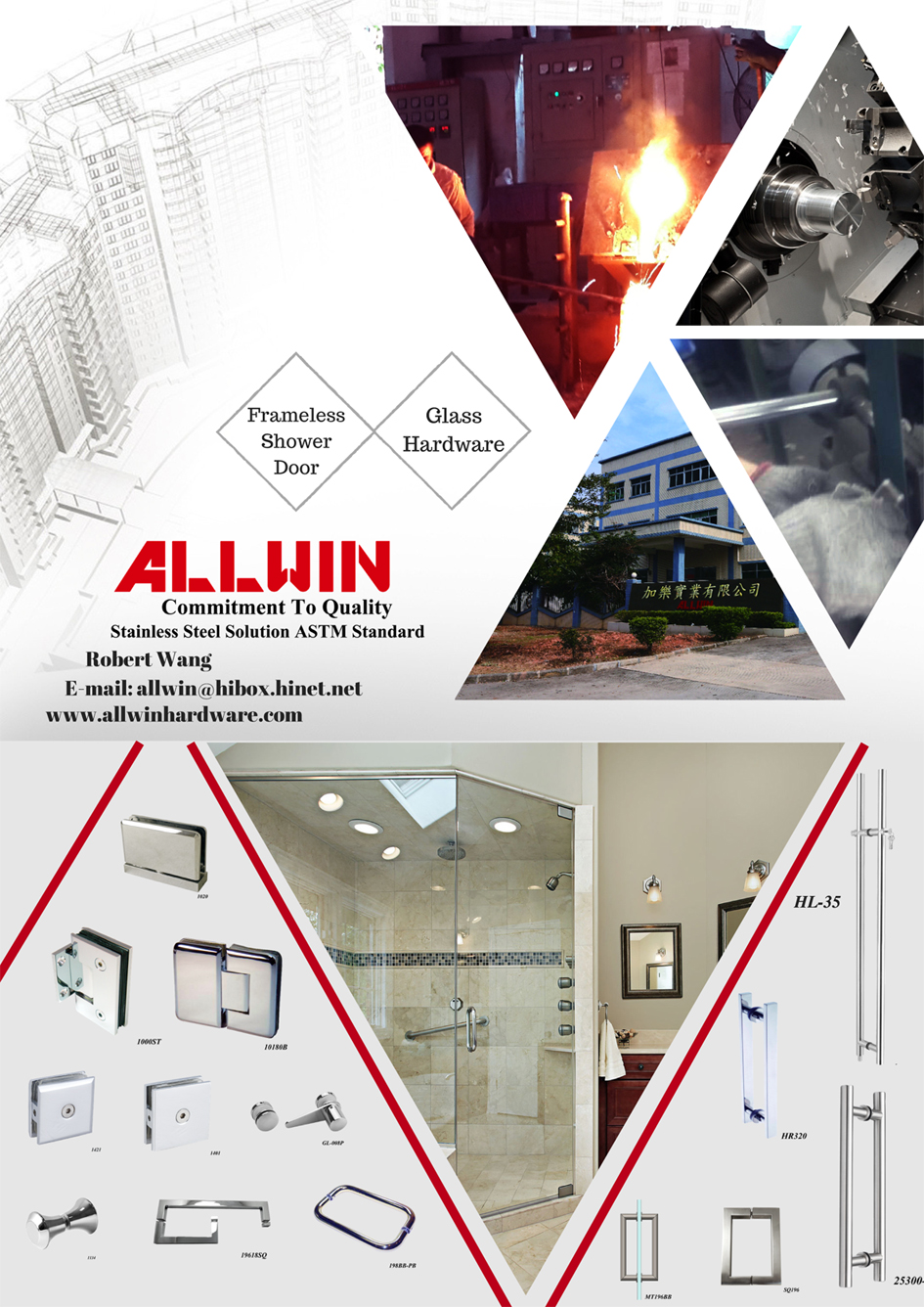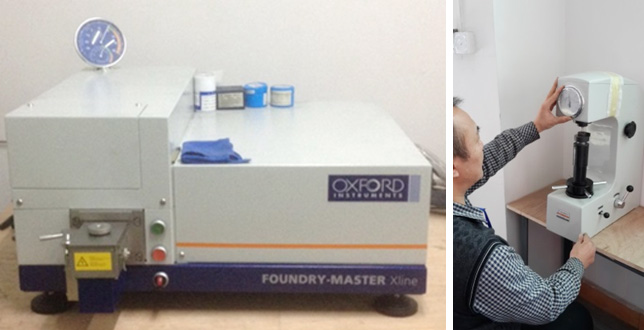The history of smart glass:
The history of smart glass can be traced back to 1992. Researchers at the University of California in Los Angeles developed a high-tech colored glass called "smart glass", which can change color in certain compounds. Researchers first use a solution for glass production, and then add highly selective enzymes or proteins that can change color in certain compounds. When the solution solidifies, glass filaments are formed around the large protein.
Application of smart glass:
This glass is made using the principle of electrochromism. It is very popular in the architectural decoration of some cities in the United States and Germany. The characteristic of smart glass is that when the sun is at noon, the windows facing south will automatically become darker as the amount of sunlight increases. The others in the shadows start to brighten towards the window. After installing smart windows, people don't have to use dark colors to block the sun or install mechanical hoods. In severe winter, this kind of smart windows facing north can provide 70% of the solar radiation to the building and get the warmth given by diffuse sunlight. At the same time, it can also reduce the energy required for heating and cooling by 25%, lighting by 60%, and 30% of peak electricity requirements for buildings equipped with color-changing glass.
British scientists are developing smart driving glass for future cars. It will not only beautify, but will also add new functions to modern cars. These glasses are:
Colored glass, this is a smart glass that can control sunlight. It can block 84% of sunlight, while standard colorless 4 mm thick glass can only block 11% of sunlight. Such as the installation of this kind of glass in a car, can protect the fiber and decorations from fading.
Shatter-resistant glass, this type of glass is mainly used for side windows. It is as strong and solid as a windshield, and it is not easy for a thief to break the glass window to steal the real thing.
The mirror glass, the route navigation, marking and information system in the future car, the driver can get directly from the windshield, and can also see the scenery 1 mile away in fog and rain.
Infrared glass, it can automatically open the windshield wiper in rainy weather, and change the wiper speed according to the rainfall.
Rain-proof and light-proof glass, the surface of the glass is treated with new technology to make it easy to waterproof and reduce the amount of light reflected by the glass. This kind of glass is not only used in car window glass, but also in various instrument surface covers in the car to prevent the light reflected from the windshield from being reflected into the driver's sight.
Embedded radio glass, this kind of glass can embed the radio antenna inside the glass, and can also embed various devices such as cell phones or televisions into the glass, which makes the car more beautiful and will not damage the overall image of the car due to the antenna.






